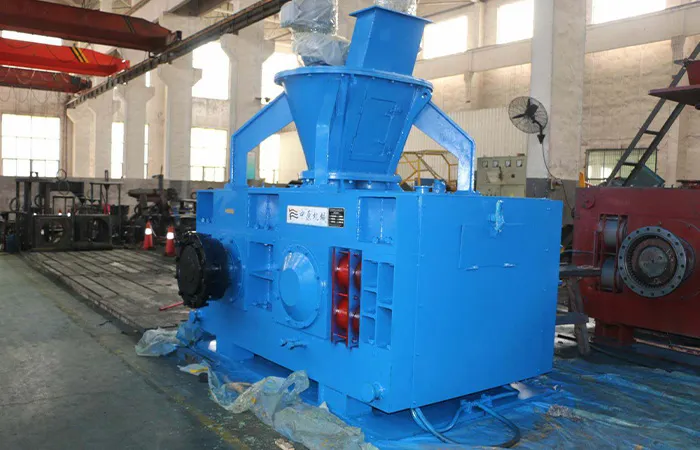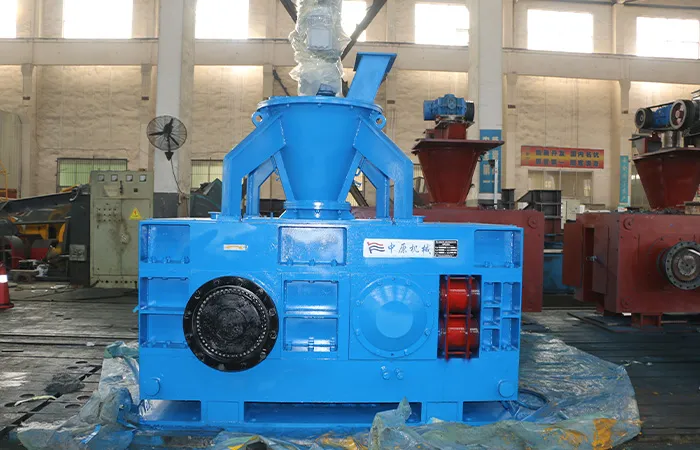How to Operate a Briquetting Machine: Step-by-Step Guide
Operating a briquetting machine involves several key steps to ensure efficient and safe production of briquettes. Here’s a general step-by-step guide. Keep in mind that specific procedures might vary slightly depending on the type and model of your briquette machine, so always consult the manufacturer’s manual for detailed instructions.
How to Operate a Briquetting Machine

1. Preparation and Checks
Raw Material Preparation: Ensure your raw material (e.g., sawdust, agricultural waste) is of the correct size and moisture content as specified by your machine’s requirements (often below 15%). You may need to use a crusher or a dryer to achieve this.
Machine Inspection: Before starting, thoroughly inspect the briquette machine for any loose bolts, worn parts, or obstructions. Pay close attention to the screw propeller, forming die, and heating elements.
Lubrication: Check and lubricate all necessary parts as indicated in the machine’s manual. Proper lubrication is crucial for smooth operation and longevity.
Cooling System (if applicable): If your machine has a cooling system (often water-based), ensure it is properly connected and filled.
Electrical Connections: Verify that the machine is correctly connected to a stable power supply with the correct voltage. Ensure all wiring is secure and the machine is properly grounded.
Safety Checks: Make sure all safety guards and emergency stop buttons are in place and functioning correctly. Ensure the work area is clear of any obstructions and that a fire extinguisher (powder, foam, or CO2) is readily accessible. Operators should wear appropriate personal protective equipment (PPE) such as respirator masks.
2. Machine Start-Up
Main Switch: Turn on the main power switch of the machine.
Heating System: If your machine uses heat to soften the lignin in the raw material, turn on the heating system and set the temperature to the required level (typically between 120-300°C depending on the material). Allow sufficient time for the machine to reach the set temperature.
No-Load Running: Once the machine reaches the operating temperature (if applicable), run it without any raw material for a few minutes (around 3-30 minutes as per some recommendations). Listen for any unusual noises or vibrations. If any abnormalities occur, stop the machine immediately and identify the issue.
3. Briquette Production
Material Feeding: Gradually start feeding the prepared raw material into the hopper. Begin with a small amount and slowly increase the feeding rate until briquettes are formed consistently and are of good quality. Avoid overfeeding, which can cause blockages.
Monitoring Briquette Quality: Continuously monitor the quality of the produced briquettes. Check for density, shape, cracks, and surface finish. Adjust the feeding rate, temperature (if applicable), and pressure as needed to maintain optimal quality.
Temperature Regulation: Maintain the set temperature of the heating elements to ensure proper briquetting. Fluctuations in temperature can affect the quality of the briquettes.
Discharge Area: Ensure the briquettes are discharged smoothly and there is adequate space for them to accumulate or be conveyed away. Some suggest directing the output towards a wall with a plank in front initially.

4. Machine Shut-Down
Stop Feeding: Gradually stop feeding raw material into the hopper.
Empty the Machine: Allow the machine to continue running until all the material inside the forming chamber and screw conveyor is expelled.
…
More detailed information about how to operate the briquetting machine can be found at: https://www.zymining.com/en/a/news/briquetting-machine-operation.html

